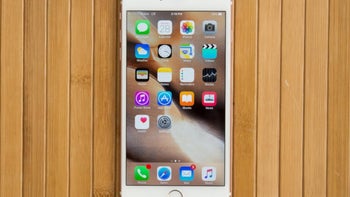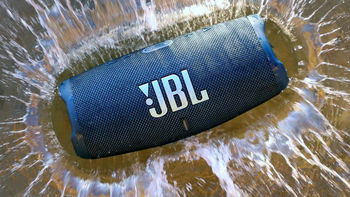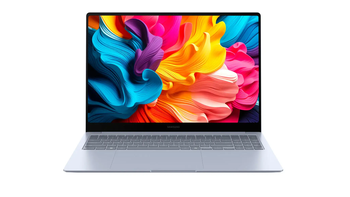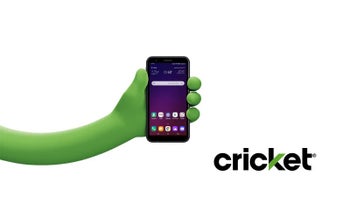U.S. Supreme Court gives Apple a comeback victory in patent infringement case

Back in October 2015, a jury found that Apple infringed on a patent belonging to the University of Wisconsin's licensing unit. The technology covered by the patent allows processors to run more efficiently and was allegedly used by Apple on chipsets like the A7 (iPhone 5s), A8 (iPhone 6, iPhone 6 Plus) and A8X (various iPad models). More specifically, the patent covered a technology known as speculative processing; this allows the processor to run instructions it expects to receive based on instructions previously received by the processor.
In 2015, Apple was ordered to pay the University of Wisconsin's Alumni Research Foundation (WARF) $234 million. But since Apple was found to have continued infringing on the patent through its expiration in 2016, a judge hiked the amount that Apple was on the hook for to $506.1 million in 2017 (the patent, by the way, was filed in December 1996 and was valid for a period of 20 years). Apple appealed, claiming that the award was "prejudicially inflated." The next year, Apple hit the judicial jackpot when the U.S. Court of Appeals overturned the ruling stating that based on the "plain and ordinary" meaning of the patent, Apple did not infringe on it. All of a sudden, Apple no longer was required to pay the $506.1 million.
WARF then filed with the U.S. Supreme Court claiming that the Federal Circuit had ignored how the jury had interpreted the patent. In addition, it asked the Supreme Court to remand the case back to the lower court so that it could present additional evidence related to the case. However, as reported today by Reuters, the U.S. Supreme Court refused to hear the case as it opened up its latest term as usual on the first Monday in October. So that ends the case with WARF unable to collect a single penny from Apple.
Those interested in the original patent can find it here.












Things that are NOT allowed: